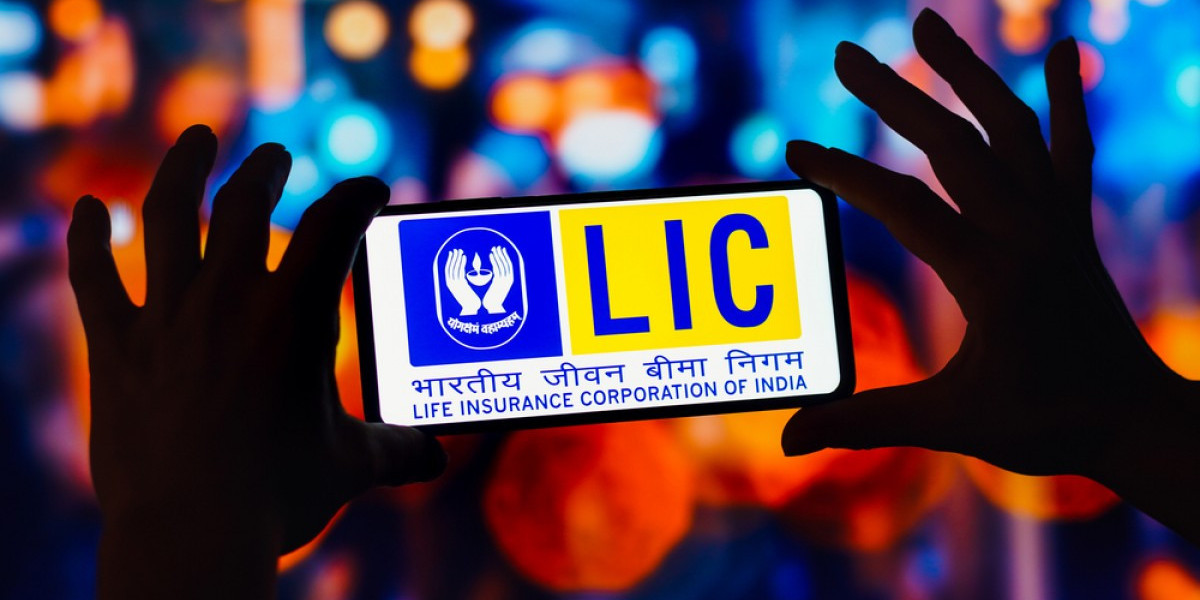American Mobile: A Journey Through Innovation and Transformation
The American mobile technology landscape has undergone remarkable transformations since its inception. From early mobile radio systems to the sophisticated smartphones and 5G networks of today, the evolution of mobile technology in the United States has reshaped communication, catalyzed economic growth, and redefined societal norms. This essay explores the history, technological advancements, and societal impacts of mobile technology in America, highlighting significant milestones and future prospects.
The Dawn of Mobile Communication
The origins of mobile communication in America date back to the 1940s, with the development of mobile radio systems primarily used by police departments, emergency services, and select industries. Early systems, such as the Mobile Telephone Service (MTS) introduced by AT&T in 1946, were cumbersome and expensive, offering limited service areas and requiring manual operator assistance to connect calls. Despite these limitations, they laid the groundwork for future advancements.
The real breakthrough came in the 1980s with the introduction of cellular technology. In 1983, the Federal Communications Commission (FCC) authorized the first commercial cellular network, operated by Ameritech in Chicago. This network, based on the Advanced Mobile Phone System (AMPS), marked the beginning of the cellular era in America. AMPS utilized analog signals and a system of cell towers to provide broader coverage and improved call quality, setting the stage for mass adoption.
The Digital Revolution
The transition from analog to digital technology in the 1990s was a pivotal moment in the history of American mobile communication. Digital systems such as Global System for Mobile Communications (GSM) and Code Division Multiple Access (CDMA) offered numerous advantages over their analog predecessors, including higher call quality, increased capacity, and enhanced security.
The proliferation of digital networks facilitated the introduction of new services like text messaging (SMS) and mobile data. This period also saw the rise of major players such as Verizon, AT&T, and Sprint, which competed fiercely to expand their networks and attract customers. The digital revolution not only improved the efficiency and reliability of mobile communication but also laid the foundation for the next wave of technological innovation.
The Rise of Smartphones
The launch of Apple’s iPhone in 2007 marked the beginning of the smartphone era, fundamentally changing the mobile landscape. Unlike earlier mobile phones, smartphones integrated advanced computing capabilities, a touch-screen interface, and a host of applications (apps) that extended the functionality of the device far beyond voice calls and text messages.
Smartphones became ubiquitous, transforming how Americans communicate, work, and entertain themselves. The advent of app stores, particularly Apple’s App Store and Google Play, created a new ecosystem of mobile software development, driving innovation and entrepreneurship. Applications for social media, navigation, gaming, productivity, and many other uses became integral to daily life, making smartphones indispensable tools for millions of Americans.
4G and the Mobile Internet Boom
The deployment of 4G (fourth generation) networks in the early 2010s significantly accelerated the mobile internet boom. Offering faster data speeds and more reliable connections, 4G networks enabled seamless streaming of high-definition video, real-time gaming, and rapid access to cloud-based services. This leap in technology supported the explosive growth of mobile internet usage and further embedded mobile devices into the fabric of everyday life.
The widespread availability of 4G networks facilitated the rise of mobile-first services such as ride-sharing (e.g., Uber, Lyft), mobile banking, and on-demand streaming platforms (e.g., Netflix, Spotify). These services not only provided convenience and new entertainment options but also disrupted traditional industries and business models, underscoring the transformative power of mobile technology.
The 5G Revolution and Beyond
The rollout of 5G (fifth generation) networks, which began in earnest around 2019, represents the latest leap in mobile technology. Promising speeds up to 100 times faster than 4G, ultra-low latency, and the capacity to connect billions of devices, 5G is poised to revolutionize numerous industries beyond telecommunications.
5G technology underpins the development of smart cities, autonomous vehicles, and the Internet of Things (IoT), creating a more connected and efficient world. For example, in healthcare, 5G enables advanced telemedicine applications, remote surgery, and real-time health monitoring. In manufacturing, 5G supports smart factories with automated processes and real-time data analytics, enhancing productivity and efficiency.
The deployment of 5G networks involves significant investment and coordination among various stakeholders, including telecom operators, technology companies, and government agencies. Major carriers like Verizon, AT&T, and T-Mobile are leading the charge, investing billions of dollars to build and expand their 5G infrastructure across the country.
Economic and Societal Impacts
The impact of mobile technology on the American economy and society is profound. Economically, the mobile industry has been a major driver of growth, contributing significantly to GDP and creating millions of jobs. The development of mobile networks and the proliferation of mobile devices have spurred innovation across various sectors, including finance, retail, healthcare, and entertainment.
In the financial sector, mobile banking and payment services have revolutionized how Americans manage their money, making financial services more accessible and convenient. In retail, mobile commerce (m-commerce) has grown rapidly, with consumers increasingly using their smartphones to shop online, compare prices, and make purchases.
On a societal level, mobile technology has transformed communication and information dissemination. Social media platforms, powered by mobile internet, have revolutionized how people interact, share information, and mobilize for social causes. The real-time nature of mobile communication has also played a crucial role in emergency response and disaster management, enabling quicker coordination and dissemination of critical information.
However, the proliferation of mobile technology has also brought challenges. Issues such as digital addiction, privacy concerns, cyber threats, and the digital divide require ongoing attention from policymakers, industry leaders, and consumers. Ensuring that all Americans have access to high-speed internet, regardless of their socioeconomic status or geographic location, is crucial for achieving digital equity.
Future Prospects and Challenges
The future of American mobile technology is promising yet complex. The continued expansion of 5G networks and the exploration of 6G technology promise to drive further innovation and connectivity. Emerging technologies such as artificial intelligence, augmented reality, and blockchain are likely to integrate with mobile networks, creating new possibilities and challenges.
Ensuring the security and privacy of mobile networks and devices will remain a top priority as the threat landscape evolves. Protecting user data, preventing cyberattacks, and ensuring the ethical use of technology are critical issues that require collaborative efforts from all stakeholders.
Moreover, addressing the digital divide and ensuring universal access to high-speed internet will be essential for maximizing the benefits of mobile technology. This will require concerted efforts from government agencies, private companies, and non-profit organizations to invest in infrastructure and provide affordable access to underserved communities.
Conclusion
The evolution of mobile technology in America is a testament to human ingenuity and the relentless pursuit of progress. From early mobile radio systems to the sophisticated 5G networks of today, mobile technology has transformed communication, driven economic growth, and reshaped societal norms. As we look to the future, the potential for further innovation is immense, offering opportunities to enhance connectivity, improve quality of life, and address pressing global challenges.
The journey of American mobile technology is far from over. With continued investment, innovation, and collaboration, the next chapters will undoubtedly bring even greater advancements, reaffirming the role of mobile technology as a cornerstone of modern civilization.








